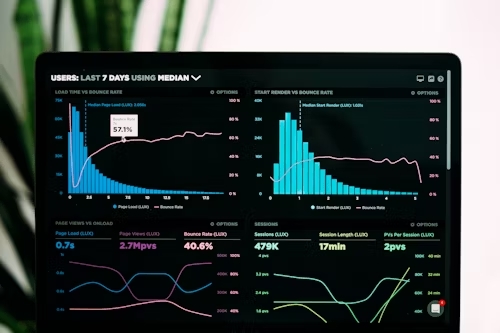Data Mining
What is Data Mining?

Definition:
“Data Mining” refers to the process of discovering meaningful patterns, trends, and insights within large datasets. It involves using various techniques, including statistical analysis, machine learning, and artificial intelligence, to uncover valuable information that can be used for decision-making and predicting future outcomes. Data mining is a crucial component of the broader field of data analytics and plays a vital role in extracting knowledge from complex datasets.
Analogy:
Think of Data Mining as extracting gems from a mine. Just as miners extract valuable gems from the earth, data mining involves extracting valuable knowledge and patterns from vast datasets, revealing hidden insights.
Further Description:
Data Mining encompasses a range of techniques designed to sift through large volumes of data, identify patterns, and generate actionable information. This process involves various stages, including data collection, cleaning, preprocessing, modeling, and interpretation of results. Businesses and organizations use data mining to gain a competitive edge, make informed decisions, and optimize various processes.
Key Components of Data Mining:
Data Collection: Gathering relevant and diverse datasets from various sources to ensure comprehensive analysis.
Data Cleaning and Preprocessing: Refining and preparing the data to ensure accuracy and eliminate inconsistencies.
Pattern Discovery: Using algorithms and statistical methods to identify patterns, correlations, and trends within the data.
Modeling: Creating models that represent the relationships found in the data, allowing for predictions and insights.
Evaluation: Assessing the quality and effectiveness of the mining models to ensure reliability and relevance.
Why is Data Mining Important?
Decision-Making: Data mining provides insights that aid in informed decision-making, helping businesses strategize and optimize their operations.
Predictive Analysis: By identifying patterns, data mining enables the prediction of future trends and outcomes based on historical data.
Customer Insights: Businesses use data mining to understand customer behavior, preferences, and trends for targeted marketing and personalized services.
Risk Management: In finance and other industries, data mining is utilized for risk assessment and fraud detection.
Examples and Usage:
Retail Sales Forecasting: Retailers use data mining to analyze past sales data and predict future demand for products, optimizing inventory management.
Healthcare Predictive Analytics: Data mining is applied in healthcare to predict disease outbreaks, identify high-risk patients, and personalize treatment plans.
Fraud Detection in Finance: Financial institutions use data mining to detect unusual patterns and potential fraud by analyzing transaction data.
In summary, Data Mining is the process of uncovering meaningful patterns and insights within large datasets, providing valuable knowledge for decision-making and predictive analysis.
Key Takeaways:
- Data Mining involves discovering meaningful patterns and insights within large datasets.
- Key components include data collection, cleaning, pattern discovery, modeling, and evaluation.
- It is crucial for informed decision-making, predictive analysis, customer insights, and risk management.
- Examples include retail sales forecasting, healthcare predictive analytics, and fraud detection in finance.
Table of Contents




